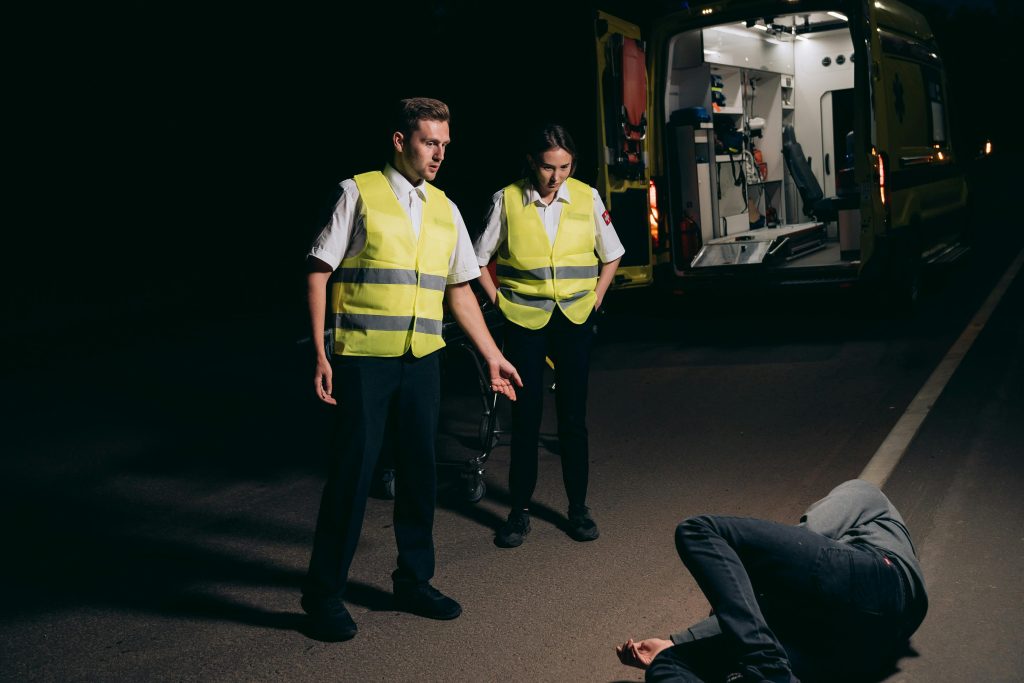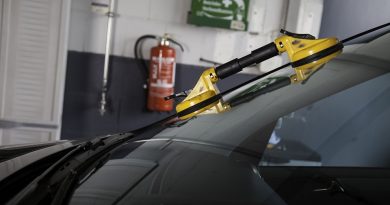Hit-and-Run Culture: Why It’s on the Rise in the Bronx and How Communities Are Fighting Back
The streets of the Bronx have always been busy, teeming with cars, buses, cyclists, and pedestrians. But in recent years, a more troubling pattern has emerged: a sharp rise in hit-and-run incidents. These collisions, where drivers flee the scene instead of taking responsibility, have become disturbingly common across New York City — but the Bronx has seen a particularly steep surge.
For residents, it’s more than just a statistic. It’s a growing public safety crisis that’s leaving victims without justice, families without closure, and communities searching for answers. While law enforcement struggles to keep pace with the sheer volume of these cases, Bronx neighborhoods aren’t sitting idly by. Grassroots movements, local leaders, and everyday citizens are stepping up in creative and determined ways to combat this dangerous trend.
Contents
Why Hit-and-Runs Are Increasing in the Bronx
The reasons behind the rise in hit-and-runs are complex, but several factors stand out.
Traffic Volume and Road Design
The Bronx is home to some of the city’s busiest roadways, including the Cross Bronx Expressway, the Major Deegan, and Grand Concourse. Many of these roads are not designed with pedestrian safety in mind. Poor lighting, wide lanes, limited crosswalks, and high-speed traffic create an environment where accidents are more likely — and where drivers may feel they can speed away unnoticed.
Lack of Accountability
Another contributing factor is the perception that drivers can get away with fleeing the scene. Despite advances in traffic cameras and police technology, many hit-and-run drivers are never caught. In fact, according to NYPD data, only a small fraction of these cases result in arrests. This low clearance rate may embolden reckless drivers who believe they won’t face consequences.
Increased Vehicle Ownership
The pandemic brought a shift in commuting habits. More people purchased cars to avoid public transportation, and with that came more drivers, many of them inexperienced in navigating the dense streets of the Bronx. More cars combined with aggressive driving behaviors make hit-and-runs more likely.
Distrust in Law Enforcement
Some drivers, particularly those without proper documentation or with outstanding legal issues, fear interacting with police. They might flee an accident scene out of panic or to avoid deportation, license suspension, or other legal trouble. This dynamic complicates enforcement and resolution.
The Human Cost of Hit-and-Runs
Behind every hit-and-run statistic is a victim — often someone who was simply walking home, crossing the street, or biking to work. Families are left devastated, not just by the injury or loss of a loved one, but by the added injustice of never knowing who was responsible.
In many cases, victims face steep medical bills, lost wages, and long-term physical therapy, all without the opportunity to seek damages from the at-fault driver. A Bronx personal injury lawyer can assist in pursuing compensation through alternative channels like uninsured motorist coverage, but the lack of accountability still stings.
The emotional toll lingers, too. Knowing that someone could injure or kill another person and then vanish into traffic breeds a sense of vulnerability and anger throughout the community.
How Bronx Communities Are Fighting Back
While law enforcement works to improve their response, the most inspiring efforts to combat hit-and-runs are coming from local residents themselves. Community groups, activists, and even victims’ families have launched initiatives to raise awareness, track down offenders, and push for safer streets.
Here’s how Bronx neighborhoods are taking action:
Social Media Vigilance: Community Facebook groups, Twitter accounts, and neighborhood forums have become informal networks to circulate information about hit-and-runs. Residents quickly post vehicle descriptions, license plate numbers, and security footage, which sometimes leads to arrests.
Street Memorials and Rallies: Families and advocacy groups organize vigils and install ghost bikes or street memorials where hit-and-run victims were killed. These public displays not only honor the victims but also draw media attention to dangerous intersections.
Partnerships with Local Businesses: Some stores and gas stations have begun voluntarily sharing security footage with community organizations to help identify fleeing drivers, bypassing lengthy bureaucratic hurdles.
Calls for Infrastructure Improvements: Grassroots efforts have pressured city officials to redesign high-risk roads with better lighting, speed bumps, protected bike lanes, and more pedestrian-friendly infrastructure to prevent future accidents.
Educational Campaigns: Local schools and nonprofits are launching outreach programs to educate both drivers and pedestrians about street safety and the devastating consequences of hit-and-runs.
Policy and Legal Shifts
On a citywide level, New York lawmakers are slowly taking notice. In recent years, there have been pushes to strengthen penalties for hit-and-run drivers and to increase funding for traffic enforcement. Speed cameras have expanded across more neighborhoods, and automatic license plate readers are helping track offenders more effectively.
Still, enforcement gaps remain. Critics argue that more needs to be done to ensure drivers involved in crashes stay at the scene and that hit-and-run cases are treated with the urgency they deserve. There’s also growing support for revisiting how police departments prioritize traffic crimes and whether they allocate enough resources to solving these incidents.
The Road Ahead
Hit-and-runs are a symptom of deeper systemic issues — dangerous road designs, insufficient enforcement, and social pressures that lead some drivers to flee instead of facing the consequences. But what’s happening in the Bronx also shows the power of community-led solutions. When local residents band together, they can amplify each other’s voices, protect their streets, and even bring offenders to justice when official channels fall short.
As the fight continues, the hope is that a combination of smarter policy, improved infrastructure, and relentless community advocacy can slow the rise of hit-and-runs and create safer streets for everyone in the Bronx.




